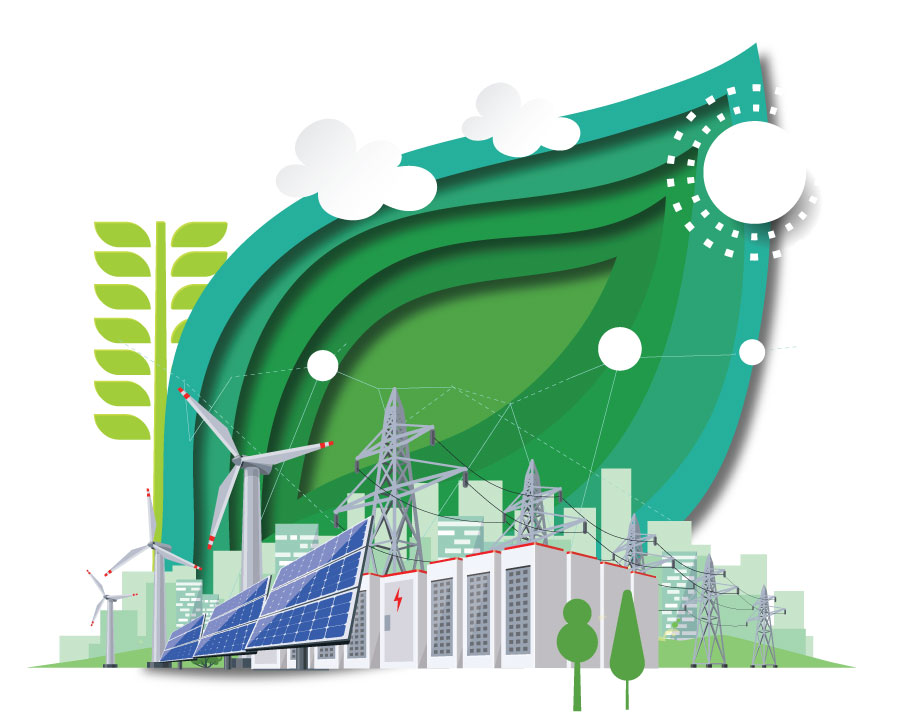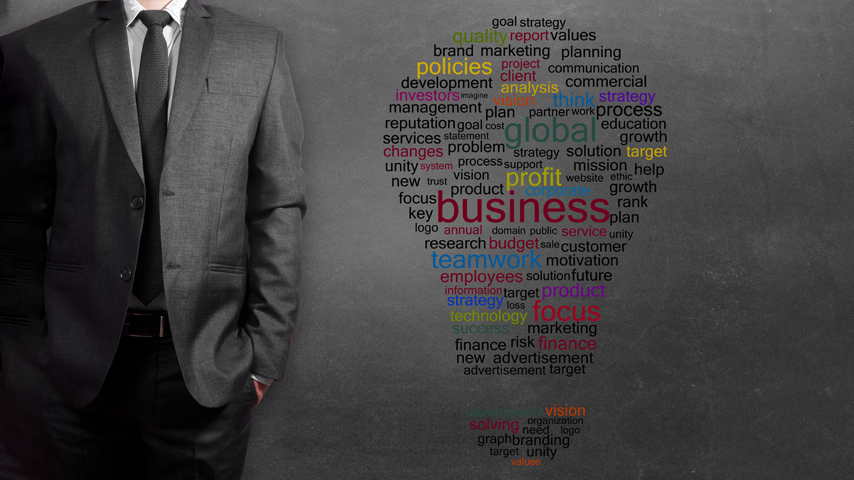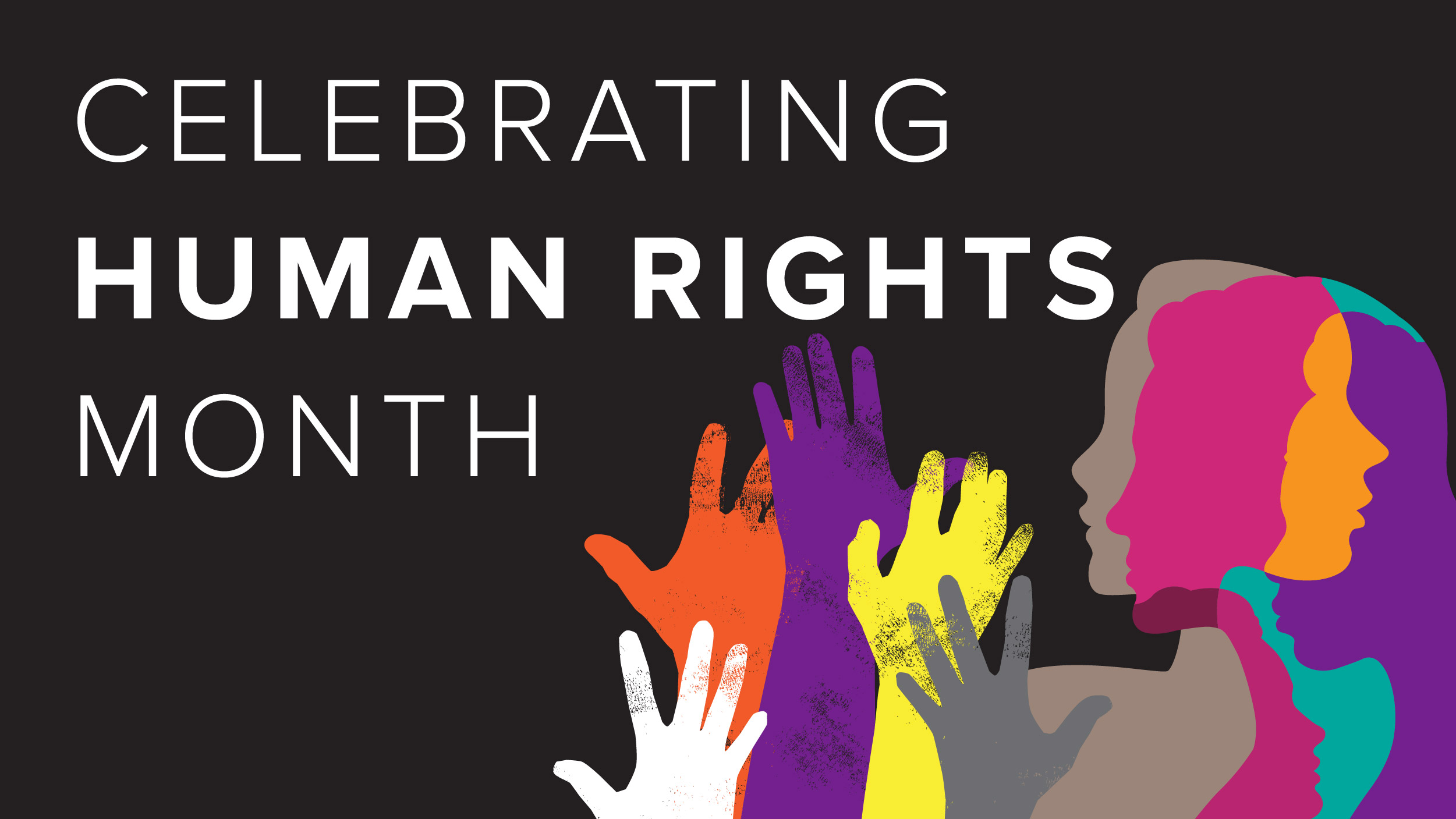President Sims Addresses Momentous Changes at the President’s Luncheon
President Sims Addresses Momentous Changes at the President’s Luncheon

Eight leaders of the engineering profession — including Ursula Burns of Xerox, Van C. Mow from Columbia University and U.K. radio and television personality Adam Hart-Davis — were recognized by ASME for their achievements at this year's Honors Assembly. The opulent, multimedia gala was held Monday, Nov. 17, during the ASME Congress in Montreal.
Burns, the chair and chief executive officer of Xerox Corp., received the Kate Gleason Award at the ceremony. Established in 2011, the award honors the legacy of Kate Gleason, the first woman to be welcomed into ASME as a full member and recognizes a female engineer who is a highly successful entrepreneur in a field of engineering or who has had a lifetime of achievement in the profession. Burns was being acknowledged for her outstanding engineering and business leadership and her distinguished career culminating in achieving the distinction of being the first black woman to lead a Fortune 100 company.
Mow, the Stanley Dicker Professor of Biomedical Engineering and Orthopaedic Bioengineering at Columbia University, received the Society's highest award, the ASME Medal, which is conferred annually for eminently distinguished engineering achievement. Mow, an ASME Fellow, was recognized for his significant contributions to biomechanical and biomedical engineering, particularly seminal breakthroughs in understanding the biomechanics of human joints; for educating and mentoring engineering students; for broad and critical leadership of the nascent bioengineering profession; and for his service to ASME.

President Sims addressed this “revolutionary change” within the profession and ASME’s response to it during his speech at the luncheon, which was attended by hundreds of ASME volunteers, members and staff.
Calling the current phase in ASME’s history “a time of transition, convergence and celebration,” President Sims touched on a number of ASME’s highpoints of the past year, including the commemoration of the 100th anniversary of the Boiler and Pressure Vessel Code, a milestone that Sims said honors “the thousands of engineers who have volunteered to make a difference in the world through standards development” and “reminds us of everything engineers are doing today to bring the same sense of safety and reliability to technologies that are only beginning to emerge.”
Continuing his overview of the Society’s Fiscal Year 2015, Sims noted that ASME had made progress in a number of areas the year, thanks to a base of volunteers, members and staff who were working to guarantee ASME’s success and sustained influence in this new engineering age, and the growing international members assuming leadership roles in the Society. ASME was also “aggressively addressing the needs of the global engineering market,” Sims said, through the efforts of ASME’s Engineering for Global Development team, and by nurturing engineering discussion via ASME.org and Engineering For Change.org.

Sims pointed to ASME’s activities in the fields of energy and advanced manufacturing — two areas of key importance for today’s engineers — including such new Society programs as the ASME Hydraulic Fracturing Conference, the Advanced Design and Manufacturing Impact Forum, and the ASME Innovative Additive Manufacturing 3D (IAM3D) Challenge student competition.
ASME’s continued relevance in the new engineering paradigm will also require an investment in the young people who will make up the next generation of engineers, Sims said. To that end, ASME, through the ASME Foundation, launched two new K-12 programs to ensure the future of engineering: the FutureEngineers.org 3D Printing Challenge with NASA, and the digital engineering course INSPIRE, which was created to improve math and science literacy among young people and build their awareness of and interest in engineering.
“Investing in the next generation of engineers is important to setting the standard for excellence in quality engineering,” Sims said. “We have tremendous opportunities before us. Mechanical engineering is the largest undergraduate engineering discipline in North America and includes the largest number of undergraduate women studying engineering. While this is good news, we need to do more.”

Sims closed his speech with a review of ASME’s progress on Pathway 2025, the comprehensive strategic plan intended toprovide strategic direction for improving ASME’s effectiveness in serving its mission,and the resulting ONE ASME initiative, which aims to align ASME’s structure and make the organization more market-focused through the creation of the new Technical Events and Content (TEC) Sector and the new Group Pathways & Support (GPS) support function.
“We are so excited about what we are achieving,” Sims said. “We know that true growth is demonstrated not only in the numbers, but also through the vitality, passion and meaningful engagement that permeates our entire ASME community. From my vantage point, ASME has become a more dynamic organization than ever before.”
Prior to Sims’ speech, Cristina Amon, chair of the ASME Committee on Honors, presented a 10 Society awards to engineering dignitaries in attendance, including Gerald Morrison, recipient of the Henry R. Worthington Medal; Charles Becht, winner of the J. Hall Taylor Medal; Vigor Yang, winner of the Worcester Reed Warner Medal; Andrew Norris, recipient of the Per Bruel Gold Medal; Michael von Spakovsky, recipient of the James Harry Potter Gold Medal; and Thomas Morel, winner of the Soichiro Honda Medal.
The other award winners at the luncheon were Leo Duffy, who accepted the Dixy Lee Ray Award; Upendra Rohatgi, who was presented with the Technical Communities Globalization Medal; Glenn Steele, who won the Performance Test Codes Medal; and Ghassan Nicolas, Mohammad Janbozorgi and Hameed Metghalchi, who were given the Edward F. Obert Award.




